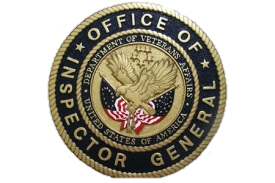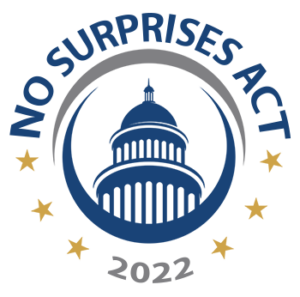The Rule
The Departments of Health and Human Services, Labor, and the Treasury have implemented several provisions that impact both payers and providers within the Transparency in Coverage (TIC) Rule and the Consolidated Appropriations Act (CAA). The one that has received the most attention is the No Surprises Act which contains a provision that addresses Surprise Billing. The rule is complex. The ability to enforce it and the infrastructure to abide by it was not in place prior to the enforcement date of January 1, 2022. This has resulted in extreme confusion and frustration for all parties involved.
What is Prohibited?
Simply put, the federal No Surprises Act (Consolidated Appropriations Act, 2021, Pub. L. No. 116-260 div. BB tit. I, 134 Stat. 1182, 2758 (2020)) prohibits out of network providers from balance billing patients who have health coverage; they must collect only the in-network cost sharing amount from the patient. In years past, out-of-network doctors provided services in an in-network facility and then billed the patient the out-of-network fee, hence the word ‘surprise.’ The patient verified the facility as in network only to find out that the provider that treated them was not listed as in-network at that facility. This happened mostly with emergency services, ambulance services, and anesthesia services.
In an effort to protect the patient, the rule expanded to non-emergency-related services. Any out of network health care provider that renders services in an in-network facility must:
- accept the Qualifying Payment Amount (QPA); otherwise known as the Median in-network rate
- refer the patient to an in-network provider,
- or obtain signed consent from patients to give up their balance billing protections (some exclusions apply)
Does this apply to DCs?
Only if the provider is out of network with a commercial payer and provides service to a patient in an in-network facility. A facility is defined as a hospital, hospital outpatient department, critical access hospital, and ambulatory surgery centers (ASCs). ONLY these facilities are subject to prohibition on balance billing. If the Doctor of Chiropractic is not providing treatment in a facility as an out-of-network physician, this rule would not apply.
If you find yourself in this 1% category, review this helpful flow chart to see what your obligations may be. Additionally, we encourage you to reach out to KMC University and to schedule a consultation with a specialist to discuss your unique situation and walk you through the process.
If this portion of the law does not apply to you, great news! You will not need the Surprise Billing Protection Form. Learn more about what DOES apply to you here.


I loved it! It was great to see the process and look at how you fill out the forms with examples. This made it easy for me to comprehend. It simplified the auditing process. I was really struggling with just reading how to audit. I am a visual person, and I really like being able to pause and rewatch the videos.






